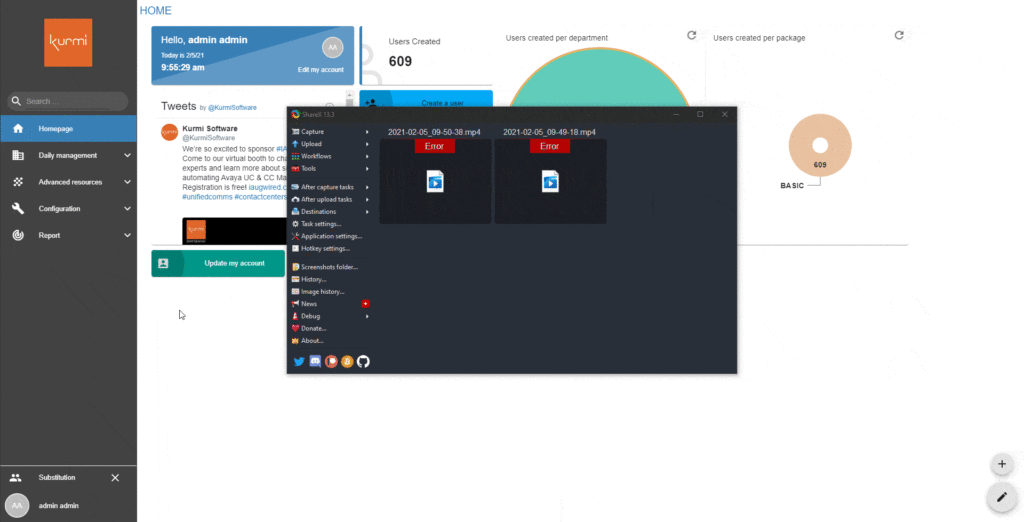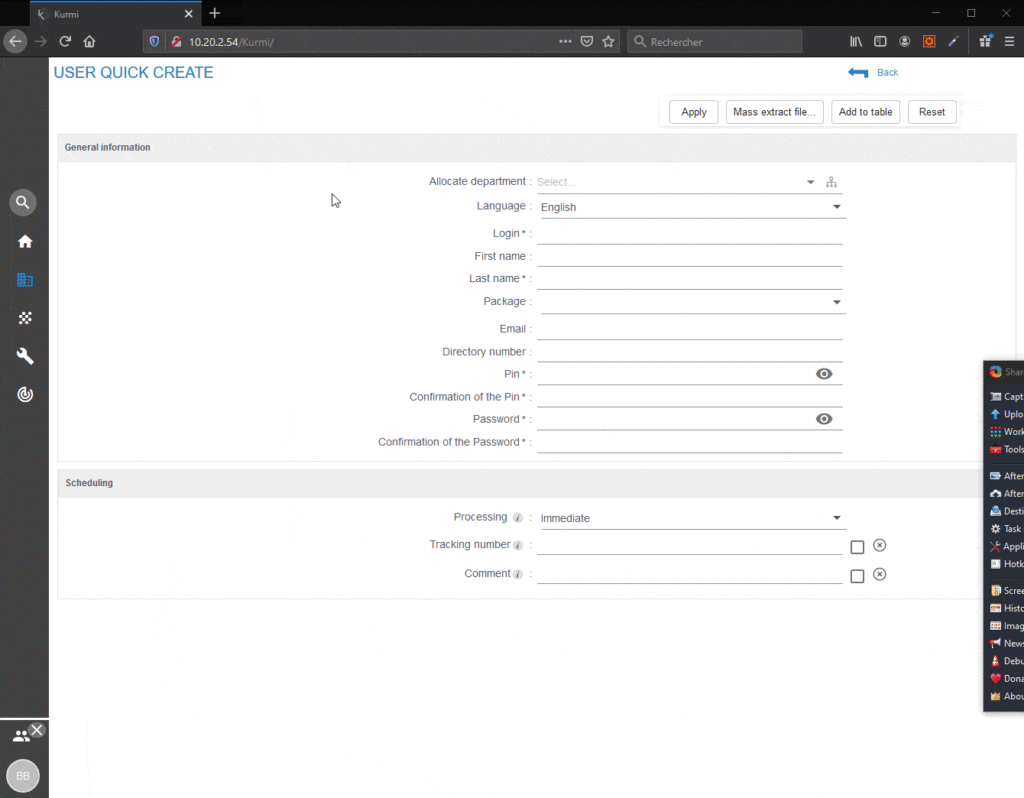Kurmi Software, the leading service management platform for enterprise collaboration, today launched Kurmi as a Service (KaaS), to deliver simplified provisioning of Unified Communications and Contact Center solutions to enterprises worldwide from the cloud. KaaS pairs all the capabilities of Kurmi’s award-winning on-prem platform with a hosted model, providing faster and easier access to the tools required to streamline and optimize the day-to-day administration of Unified Communication platforms, including Avaya, Cisco, Microsoft and Zoom.
The Unified Communications market is expected to reach $344bn by 2028, according to Research and Markets, driven by digital transformation, a hybrid workforce environment and a surge in enterprise cloud adoption and migration. Accelerated in no small part by the pandemic, a move towards hybrid working has also seen enterprises increasingly looking for flexible and agile management tools that can be delivered in the cloud. Developed to meet this rising demand for UC automation, KaaS accelerates the implementation of UC management and creates an improved customer experience, automatically delivering the latest and most up-to-date release of the platform, without the IT overhead.
KaaS offers a fully transparent and predictable monthly cost model with a range of additional benefits for enterprise customers. With KaaS, the ability to create templates by site or function and set up repeatable processes reduces the amount of time needed to onboard new users by up to 80% and transforms provisioning UC into a fast, one-click activity. Additionally, automated moves, adds, changes, and deletes (MACDs) workflows and processes, including flexible Role Based Access Control (RBAC) and advanced features such as rollback and scheduling means that overburdened IT admin teams can assign day-to-day UC management tasks to employees without advanced technical skills, including helpdesk staff, local administrators, and HR assistants.
KaaS benefits from state-of-the-art data encryption and cloud-based systems maintenance, with security software, removing the need for manual integration or security expertise by automatically keeping up-to-date and compliant with the latest regulations and threats, with all platform management handled by Kurmi. All KaaS users will receive access to the latest Kurmi support for new features from their platform vendors seamlessly and without delay.
“Enterprises are always looking at ways to cut costs and the volume of hours required to support critical UC solutions is a big part of this,” explained Thibaut Felgeres, CEO at Kurmi Software.
“This is why we have developed Kurmi as a Service, to extend the delivery model options for our UC automation services beyond on-premise into the cloud. KaaS enables users to benefit from all the existing Kurmi Software features, but with the added flexibility of total cloud management, instantaneous updates, and a predictable upfront monthly cost.”
Providing an alternative delivery model to Kurmi’s on-premise solution, KaaS will complement the existing Kurmi UC Provisioning suite, giving customers the same user-friendly experience, but with the added flexibility and peace of mind that comes with a SaaS model.
For further information please visit our page.
For more information go to kurmi-software.com or contact-us@kurmi-software.com.














